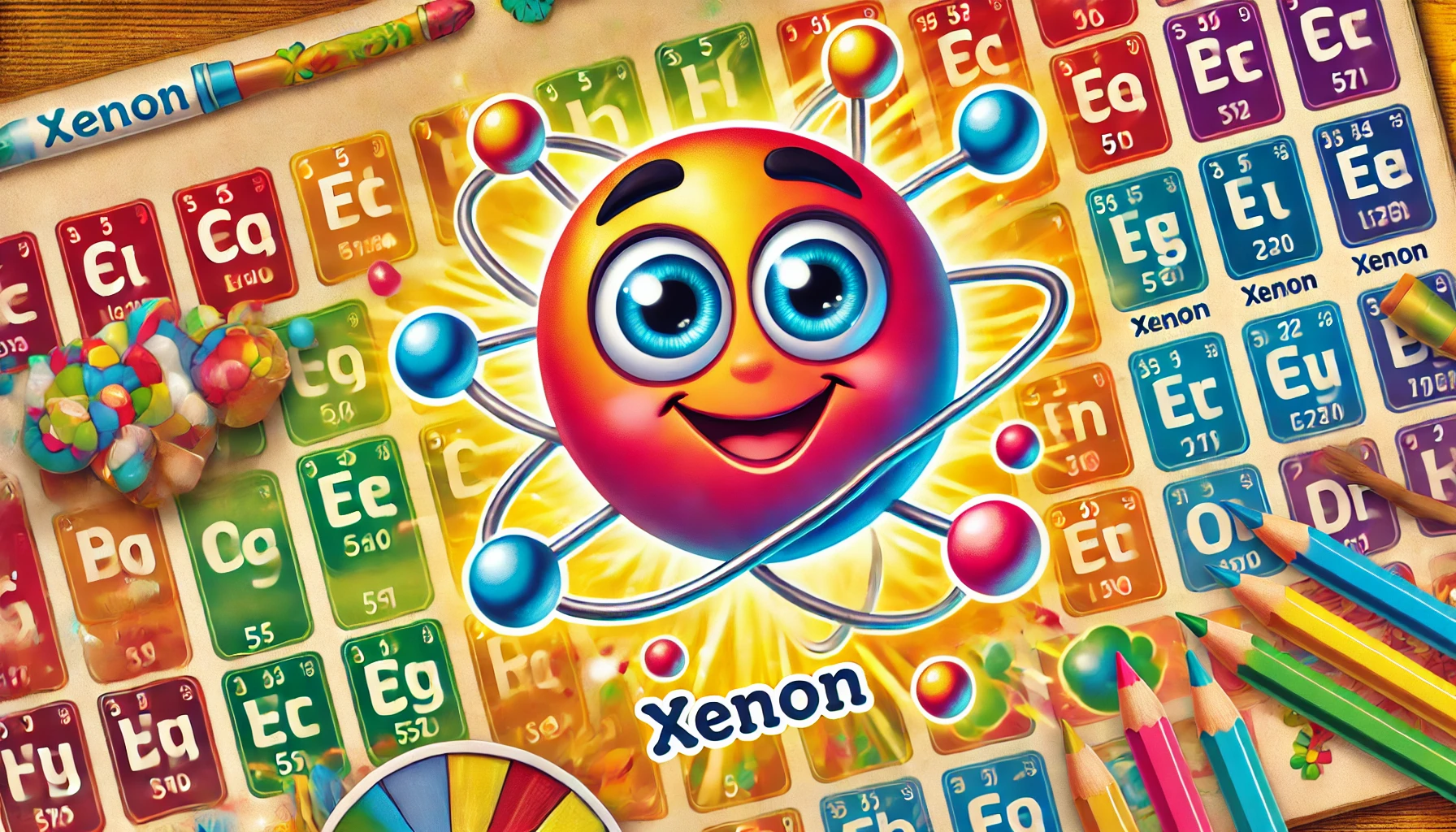Understanding Xenon: Properties, Uses, Health Risks, and Fascinating Facts
Understanding Xenon: Properties, Uses, Health Risks, and Fascinating Facts
Table of Contents
- Introduction to Xenon
- Properties of Xenon
- Uses of Xenon
- Health Risks of Xenon Exposure
- Interesting Facts about Xenon
- Environmental Impact of Xenon
- Conclusion
- References
Understanding Xenon: Properties, Uses, Health Risks, and Fascinating Facts
Introduction to Xenon Xenon is a chemical element with the symbol Xe and atomic number 54. It is a noble gas that is colorless, odorless, and tasteless. Known for its use in lighting and medical imaging, xenon has unique properties that make it valuable in various applications. This article explores the properties, uses, health risks, and interesting facts associated with xenon, providing a comprehensive understanding of this noble gas.
Properties of Xenon Xenon is characterized by several distinct physical and chemical properties.
Physical Properties
- Appearance: Xenon is a colorless, odorless, and tasteless gas.
- Density: The density of xenon is 5.894 g/L at standard temperature and pressure (STP).
- Melting Point: Xenon has a melting point of -111.8°C (-169.2°F).
- Boiling Point: The boiling point of xenon is -108.1°C (-162.6°F).
Chemical Properties
- Reactivity: Xenon is chemically inert under normal conditions but can form compounds with fluorine and oxygen under extreme conditions.
- Compounds: Xenon forms various compounds, such as xenon hexafluoroplatinate (XePtF₆), xenon difluoride (XeF₂), and xenon trioxide (XeO₃).
Uses of Xenon Xenon has numerous applications across different industries due to its unique properties.
Lighting
- Xenon Arc Lamps: Xenon is used in high-intensity arc lamps for movie projectors, automotive headlights, and searchlights. These lamps produce bright, white light that closely resembles daylight.
- Flashtubes: Xenon is used in flashtubes for photography, strobe lights, and flashlights due to its ability to produce intense, short bursts of light.
Medical Applications
- Anesthesia: Xenon is used as a general anesthetic in medical settings due to its minimal side effects and rapid onset of action.
- Medical Imaging: Xenon-133, a radioactive isotope, is used in nuclear medicine for imaging the lungs and assessing pulmonary function.
Electronics
- Ion Propulsion: Xenon is used as a propellant in ion propulsion systems for spacecraft. Its high atomic mass and inertness make it ideal for this application.
Scientific Research
- NMR Spectroscopy: Xenon is used in nuclear magnetic resonance (NMR) spectroscopy for studying the properties of other compounds due to its inertness and ability to produce clear signals.
Health Risks of Xenon Exposure Xenon is generally considered to have low toxicity, but there are some health risks associated with its use, particularly in medical settings.
Inhalation
- Anesthetic Effects: Inhalation of high concentrations of xenon can cause dizziness, nausea, and unconsciousness due to its anesthetic properties.
- Asphyxiation: In confined spaces, xenon can displace oxygen, leading to asphyxiation if not properly ventilated.
Skin and Eye Contact
- Frostbite: Direct contact with liquid xenon can cause frostbite due to its extremely low temperature.
Chronic Exposure
- Minimal Risks: Chronic exposure to xenon is unlikely to pose significant health risks due to its chemical inertness.
Interesting Facts about Xenon Xenon has several intriguing aspects that make it an interesting element.
Discovery
- Discovered in 1898: Xenon was discovered by Scottish chemist William Ramsay and English chemist Morris Travers in 1898 while studying the residue left after evaporating liquid air.
Unique Properties
- Noble Gas: Xenon is one of the noble gases, known for their lack of chemical reactivity. Despite this, xenon can form compounds under extreme conditions, unlike other noble gases.
- Blue Glow: Xenon gas emits a blue glow when electrically excited, making it visually distinctive.
Isotopes
- Stable Isotopes: Xenon has nine naturally occurring stable isotopes, with xenon-132 being the most abundant.
- Radioactive Isotopes: Xenon-133 and xenon-135 are radioactive isotopes used in medical and scientific applications.
Environmental Impact of Xenon Xenon is not known to have significant environmental impacts, but its extraction and use should still be managed responsibly.
Natural Occurrence
- Abundance: Xenon is relatively rare in the Earth’s atmosphere, making up about 0.000009% by volume.
- Extraction: Xenon is extracted from the air through fractional distillation of liquid air, a process that separates it from other gases.
Industrial Waste
- Waste Management: Proper disposal of xenon-containing waste is crucial to prevent unnecessary release into the environment, although its inertness minimizes potential harm.
Conclusion Understanding xenon, its properties, uses, health risks, and interesting facts provides valuable insight into this noble gas. While xenon has several important applications, particularly in lighting and medicine, appropriate safety measures should be taken when handling xenon gas and its compounds. Its applications in electronics, scientific research, and aerospace highlight its importance in modern technology and industry.

<ⓒ WizardMedics (wizardmedics.com)>






